What is STEM?
STEAM is an acronym standing for Science, Technology, Engineering, Art, and Math.
Let’s briefly look at each of these.
Science
You probably already have a dedicated science time in your day, this is a great time to do STEAM activities or lessons because science is a natural part of STEAM and an easy part to incorporate into lessons! With the introduction of the NGSS or Next Generation Science Standards, STEAM is easier than ever to incorporate! For NGSS Checklists click HERE.
Technology
I LOVE that this doesn’t mean just computers, ipads, and more screens!!!!
Engineering
The engineering process is VITAL to STEAM and is a heavy focus of the NGSS (Next Generation Science Standards) if your district has adopted those take a look at them for STEAM ideas! Check out the entire post on the Engineering Process HERE.
Art
The Rhode Island school of design is leading the way to integrate the Arts into STEM creating STEAM. You can read more about it HERE. My district chose STEAM so that’s what I am doing. Designing is part of the engineering process so it is very easy to weave the arts at least visual into STEM. The STEAM initiative takes a stronger approach including music, theater and visual/graphic arts.
Math
Math often tags along with Science but you can focus your STEAM lesson on Math if you wish! As with Science you probably already have a dedicated Math time in your day, this again is an excellent time to do a math-focused STEAM lesson. Ideally you could have your science and math times back to back and plan your STEAM activities for then.
How long has STEM existed?
STEM initiatives have been around since Sputnik, with the launch of Sputnik the US created NASA & an increase in Science, Math, & Engineering across America. Since then the nation has had a focus on education in those areas. Technology has also grown rapidly. The acronym STEM was introduced in 2001 replacing METS which stood for the same thing. The Rhode Island School of Design began an initiative to have the Arts added to create STEAM which was included in the latest education bill.
Implementing STEAM is easy, you can start very small such as posters and STEM challenges that you can find on Pinterest!
Implementing STEAM is easy, you can start very small such as posters and STEM challenges that you can find on Pinterest!
These are the posters I use in my classroom.
I just put up STEM to start. Next year I will switch to STEAM.
This is my entire Science bulletin board. I have the STEM posters on the right and Scientific Method on the left. In the middle I put anchor charts that we create on our current topic.
You can get the STEM posters HERE. The set includes A and R as well as a banner and Engineering Process Posters.
Try adding a STEAM extension to a Science activity such as my Peeps Science Activities with STEAM extension. They are in my TPT store. Click on the picture below to go to my store.
In the next post I will be sharing the 5 components of an effective STEAM lesson, be sure to check back next Saturday!



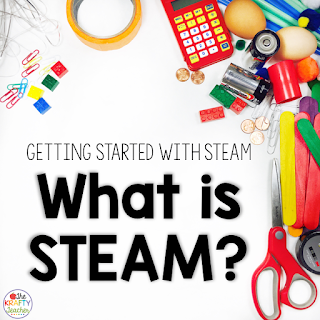









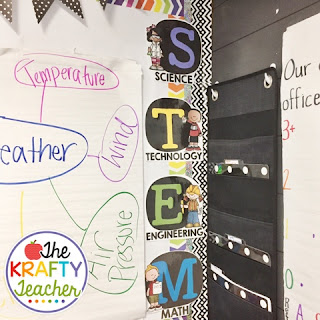



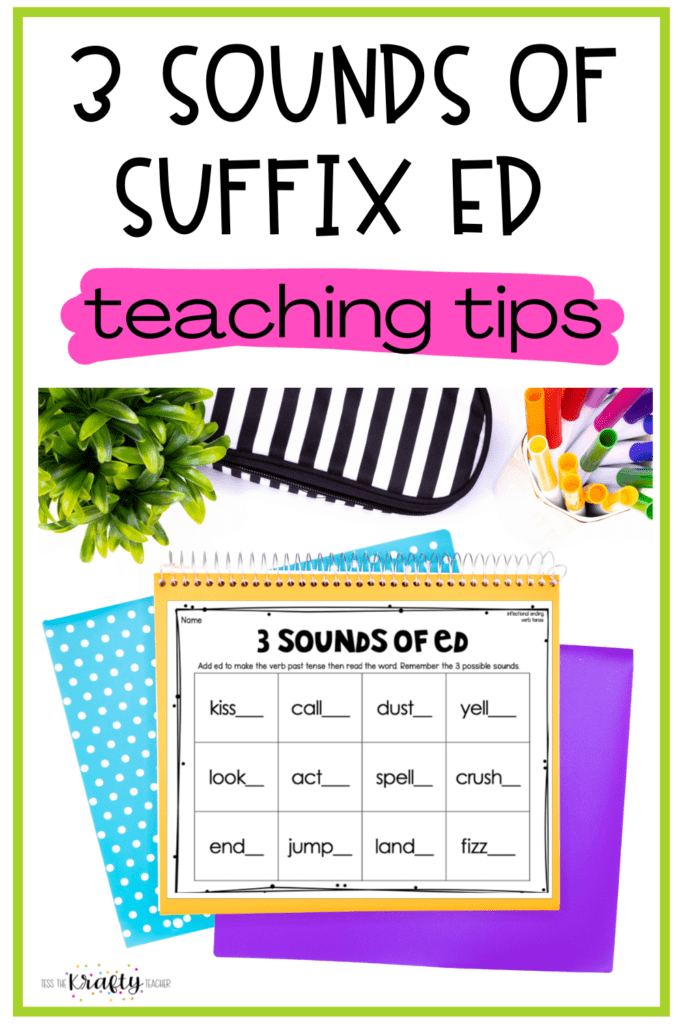
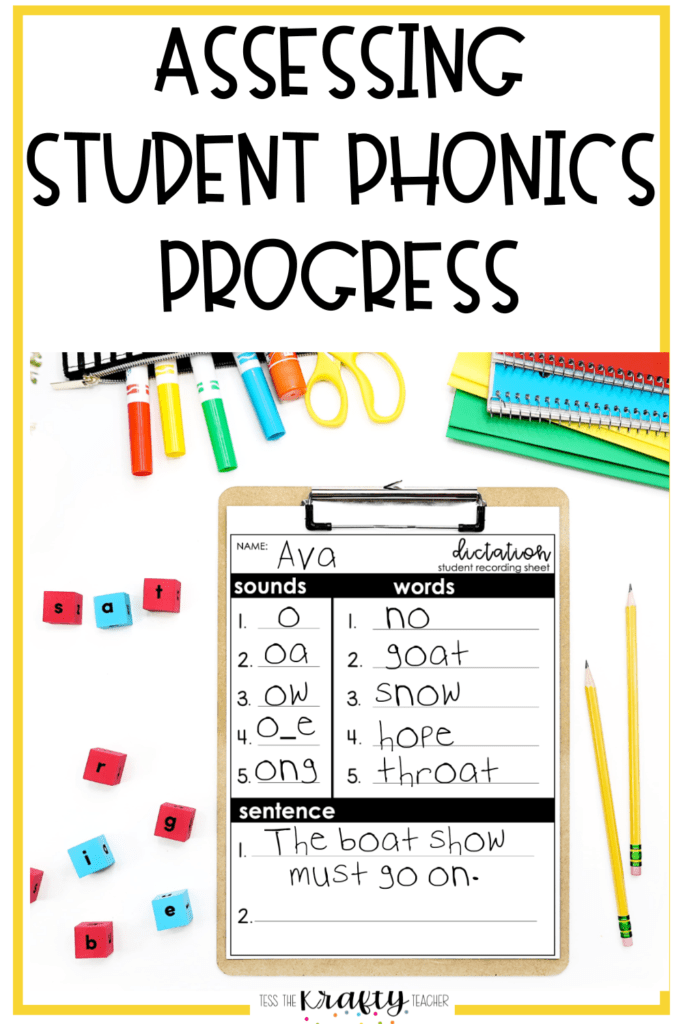
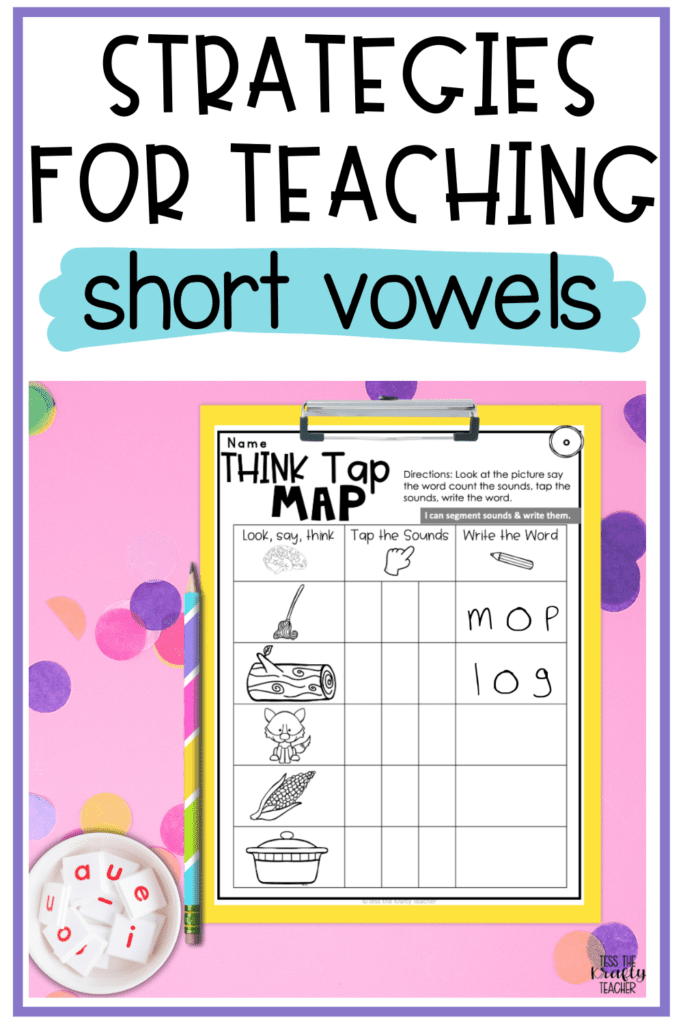
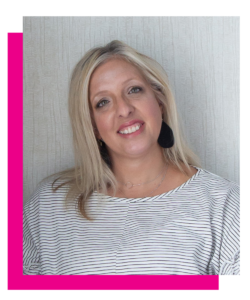
4 Responses